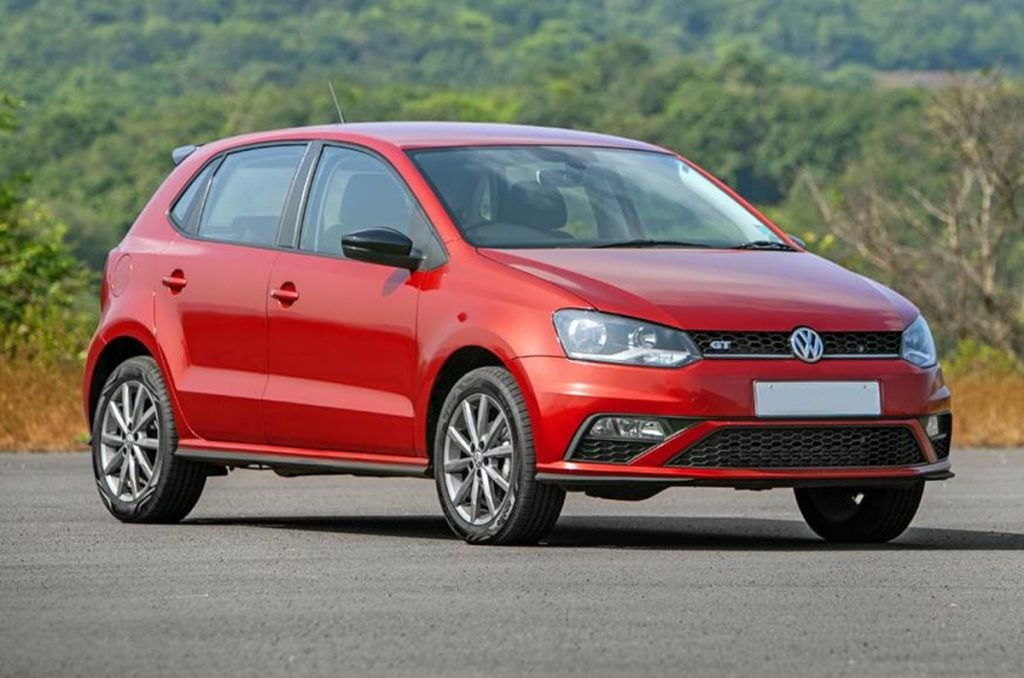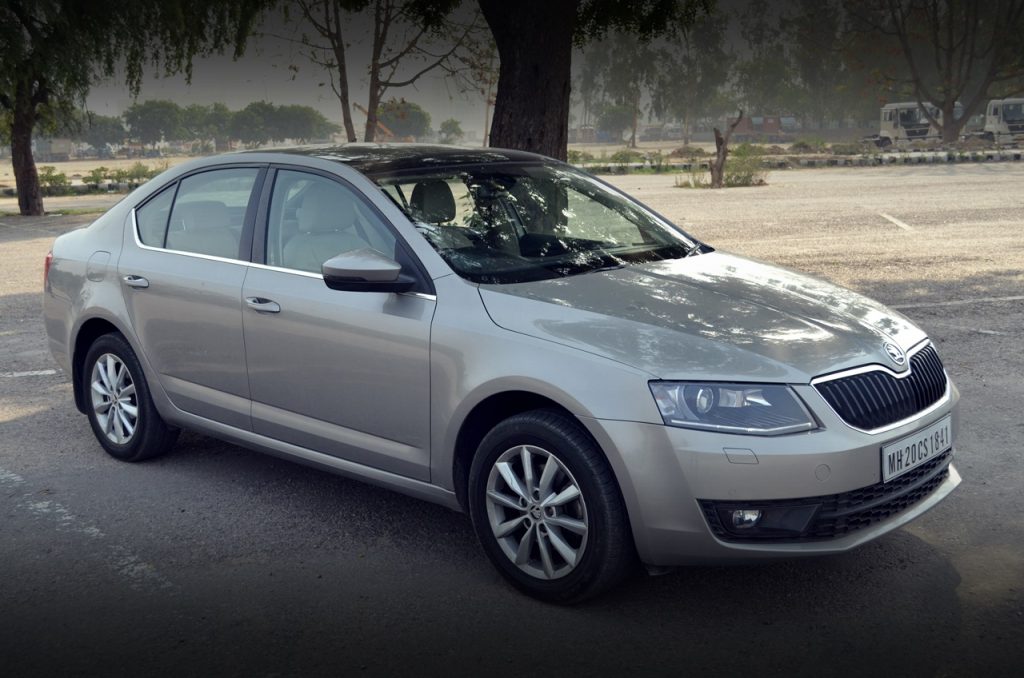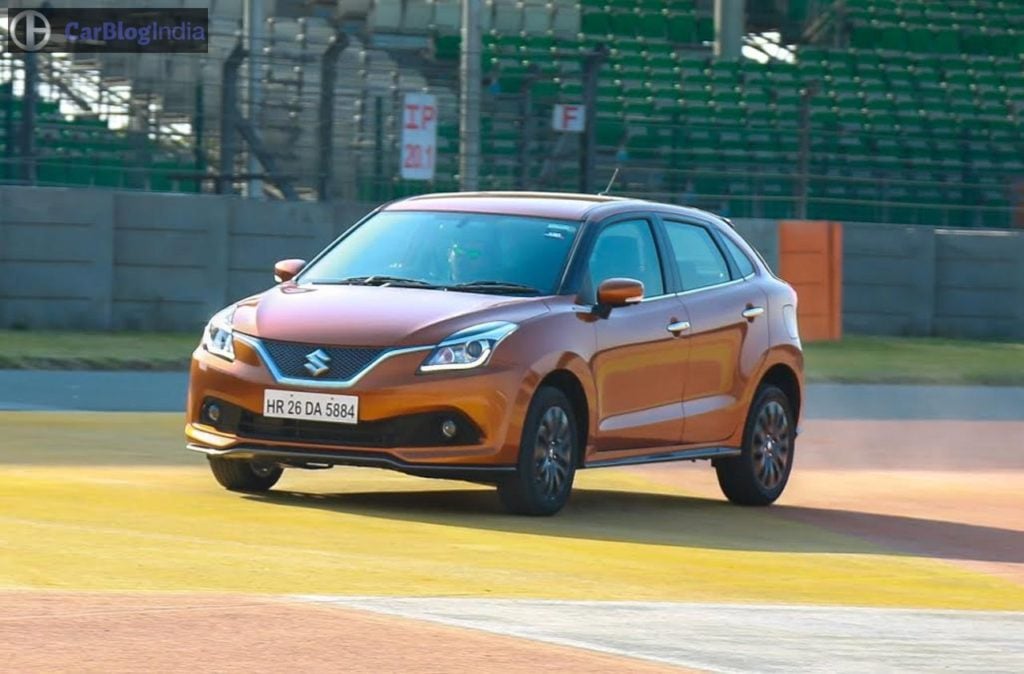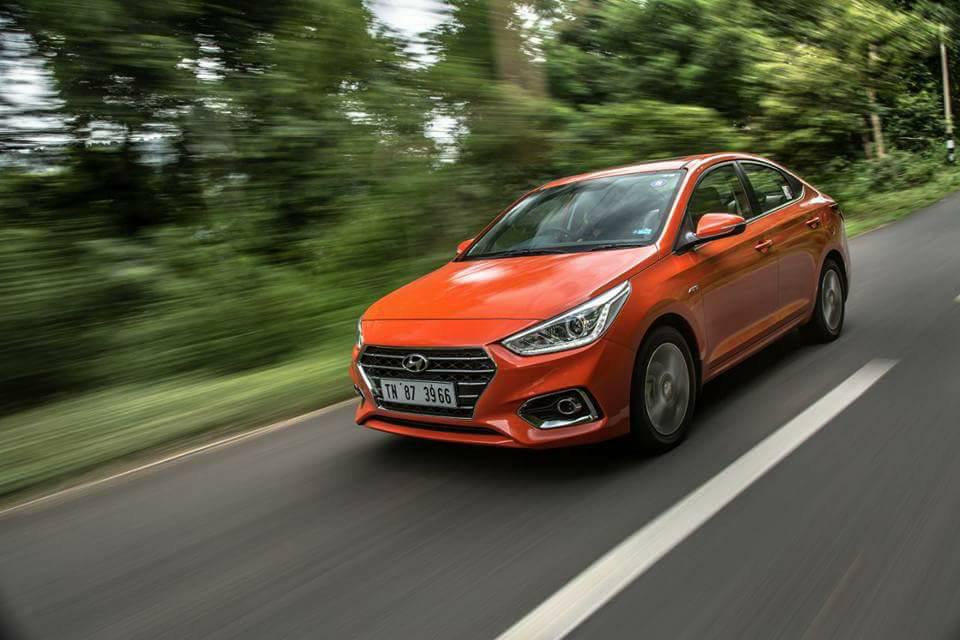Ford’s Ecoboost, Volkswagen Group’s 1.2L and 1.8L TSI petrol engines, Maruti’s 1.0L Boosterjet engine – the BS6 norms has killed a few amazing petrol engines too.
April 1, 2020 is officially the date when the BS6 emission norms have become effective. No sale or registration of BS4 vehicles would be allowed anymore (with the exception of unsold BS4 stock due to the coronavirus crisis). While the BS6 emission norms killed a large bulk of diesel engines on sale in India, it has also taken away some really loved petrol engines from our cars as well. So here’s a list of five such amazing petrol engines which saw the end of their lifetime with the new emission norms kicking in.
Ford 1.0L Ecoboost

Ford’s 1.0L Ecoboost engine is an award wining and a really celebrated engine. Its a turbocharged engine with three cylinders but it produced 125bhp and 170Nm of peak torque. The numbers are more than what you’d find from a 1.5L naturally aspirated petrol engine. The engine was debuted way back in 2013 in the EcoSport.
Being a turbocharged engine, it certainly had some turbo-lag but once you were past that, the engine pulled cleanly all the way to its 7000 rpm redline. And boy, was it a free revving engine that really gave you all the thrills. It also sounded pretty sporty when you pushed it hard. However, it was not really efficient and a relatively high price point means that this engine never saw much success.
Ford then gave the Ecosport a facelift and introduced a new 1.5L Dragon petrol engine with it. This engine put out 123bhp and was quite enthusiastic too. It was also much more fuel efficient and the audience gradually drifted towards it and away from the Ecoboost engine. Thus, the Ecosport’s Ecoboost engine inevitably had to see its demise.
Volkswagen 1.2L TSI

The Volkswagen Polo GT with the 1.2L TSI petrol engine was essentially the first affordable hot hatchback of India. It won the hearts of enthusiasts and the masses alike. The Polo was originally launched with a 1.0L MPI engine but it was quite lousy and unrefined. However, with the TSI engine, the Polo was a whole new beast. The engine produced 110bhp which was the most any Indian hatchback had ever seen. Moreover, it came mated to a fast 7-speed DSG gearbox and the combination was just sublime.
Volkswagen was smart enough to quickly offer this combination on the Vento as well. Moreover, this engine has been widely remapped in the after marker space and the Polo and Vento being amazingly mod-friendly cars, it found a whole new popularity. Despite being successful and popular, the 1.2-litre TSI unit is set to face the axe in April 2020 thanks to the high costs involved in upgrading it.
Volkswagen will be replacing the 1.2L TSI unit with a new 1.0L TSI engine on the BS6 Polo. Although the engine produces more power than before at 115bhp, it remains to be seen if the character of the engine is really as good as the old 1.2L unit. Also, we were really hoping for a manual gearbox option but sadly, Volkswagen has disappointed us there.
Skoda 1.8L TSI

Here’s another special engine from the Volkswagen family. The 1.8L turbocharged four-cylinder petrol engine put out an impressive 180bhp of power and 250Nm of torque, and was featured on the Octavia and the Superb. This engine was even available with a 6-speed manual gearbox for you enthusiasts out there.
This engine was an absolute delight to drive and it was very easy to get the wheels spinning if you were too enthusiastic with your right foot. The engine pulled cleanly all the way to 7000 rpm and it sounded absolutely brilliant doing so. However, just like the smaller 1.2L TSI unit, it would have been too expensive to upgrade this engine to BS6 spec. Unfortunately, the replacement for this engine on the Octavia and Superb is expected to be the smaller 1.5-litre TSI Evo engine with a 48v mild-hybrid tech. Doesn’t sound all that exciting already.
Also Read : This Honda CB-F Concept Beautifully Harks Back to Simpler Times!
Maruti 1.0L Boosterjet

You did not quite expect for a Maruti engine to feature in this list, did you? However, Maruti had something going for them with the 1.0L Boosterjet engine. It produced 102bhp and 150Nm of peak torque. That’s 1bhp and 60Nm more than the Dualjet motor. This engine was featured on the Baleno RS and it meant quite some serious business.
Although the Boosterjet engine wasn’t quite as free revving as the Ecoboost engine, the Baleno RS was a relatively light car and thus the performance came out quite well. But just like every other turbo-petrol unit, fuel efficiency wasn’t this engine’s forte and the RS also commanded a high premium. Just like the EcoSport, the standard Baleno’s K12B engine is also known for its enthusiasm. The Baleno RS never found many takers thus and it did not make much business case for Maruti to update the engine to BS6 emission norms.
Also Read : 30 Diesel Cars That Will Be Completely Discontinued Due To BS6 Norms
Hyundai 1.6L VTVT

The last engine on this list is from Hyundai and the only naturally aspirated petrol engine on this list to face the axe. This 1.6L petrol engine was featured Creta and the Verna and it produced a healthy 123bhp. Although this engine did not have quite the top-end like Honda’s 1.5-litre i-VTEC unit, its a brilliant all-rounder. It had a responsive bottom-end and a punchy mid-range. The smooth nature of the engine meant that you could enjoy it without ringing it hard.
However, for the new Creta and the Verna, Hyundai has traded this 1.6L unit for a new 1.5L petrol engine that has been borrowed from the Seltos. The engine puts out 115bhp, 8bhp less than the outgoing engine. We’re happy to report that the 1.5-litre unit maintains the same traits as the bigger unit. So you really won’t be missing the 1.6-litre unit. The 1.5-litre unit will be found in a host of Hyundai and Kia cars including the next-gen Verna and Creta.
The post Here’s Some Amazing Petrol Engines and Cars that was Killed by BS6 Norms! appeared first on Car Blog India.
from Car Blog India https://bit.ly/3dLYFrO
Comments
Post a Comment